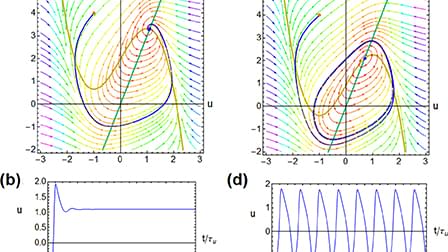Feb 18, 2024
Robot built with ‘insect brain’ can zip around obstacles with ease
Posted by Dan Breeden in categories: biological, robotics/AI
In an age of increasingly advanced robotics, one team has well and truly bucked the trend, instead finding inspiration within the pinhead-sized brain of a tiny flying insect in order to build a robot that can deftly avoid collisions with very little effort and energy expenditure.
An insect’s tiny brain is an unlikely source of biomimicry, but researchers from the University of Groningen in the Netherlands and Bielefeld University in Germany believed it was an ideal system to apply to how robots move. Fruit flies (Drosophila melanogaster) possess remarkably simple but effective navigational skills, using very little brainpower to swiftly travel along invisible straight lines, then adjusting accordingly – flying in a line angled to the left or the right – to avoid obstacles.
With such a tiny brain, the fruit fly has limited computational resources available to it while in flight – a biological model, the scientists believed, that could be adapted to use in the ‘brain’ of a robot for efficient, low-energy and obstacle-avoiding locomotion.


















